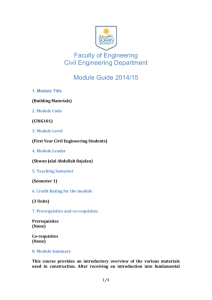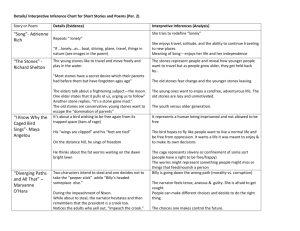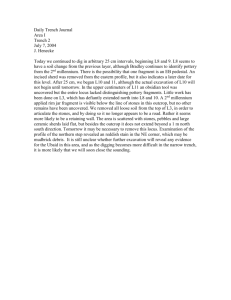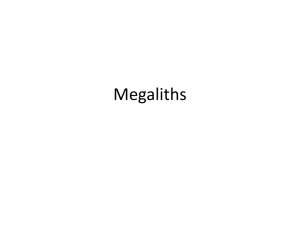1. Introduction
advertisement
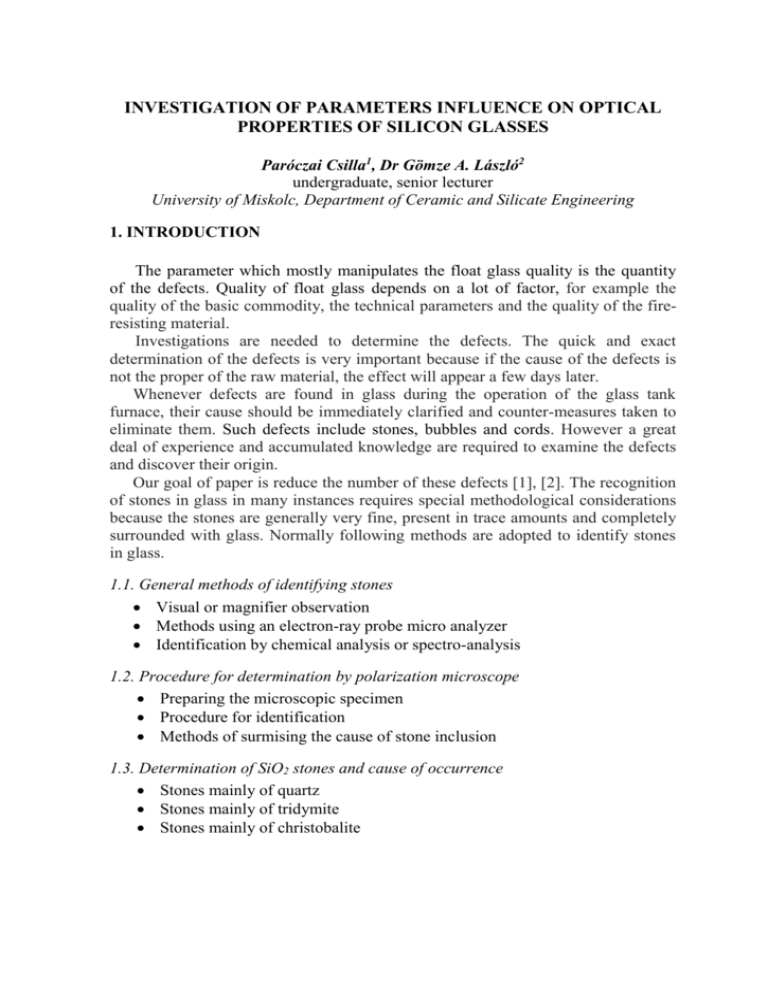
INVESTIGATION OF PARAMETERS INFLUENCE ON OPTICAL PROPERTIES OF SILICON GLASSES Paróczai Csilla1, Dr Gömze A. László2 undergraduate, senior lecturer University of Miskolc, Department of Ceramic and Silicate Engineering 1. INTRODUCTION The parameter which mostly manipulates the float glass quality is the quantity of the defects. Quality of float glass depends on a lot of factor, for example the quality of the basic commodity, the technical parameters and the quality of the fireresisting material. Investigations are needed to determine the defects. The quick and exact determination of the defects is very important because if the cause of the defects is not the proper of the raw material, the effect will appear a few days later. Whenever defects are found in glass during the operation of the glass tank furnace, their cause should be immediately clarified and counter-measures taken to eliminate them. Such defects include stones, bubbles and cords. However a great deal of experience and accumulated knowledge are required to examine the defects and discover their origin. Our goal of paper is reduce the number of these defects [1], [2]. The recognition of stones in glass in many instances requires special methodological considerations because the stones are generally very fine, present in trace amounts and completely surrounded with glass. Normally following methods are adopted to identify stones in glass. 1.1. General methods of identifying stones Visual or magnifier observation Methods using an electron-ray probe micro analyzer Identification by chemical analysis or spectro-analysis 1.2. Procedure for determination by polarization microscope Preparing the microscopic specimen Procedure for identification Methods of surmising the cause of stone inclusion 1.3. Determination of SiO2 stones and cause of occurrence Stones mainly of quartz Stones mainly of tridymite Stones mainly of christobalite 1.4. Identification and cause of Al2O3 stones Mullite stones Silimanit stones Stones mainly of corundum Stones of nepheline group 1.5. Identification and cause of Al2O3-Zr2O3-SiO2 stones Babbeleyite stones Zircon stones 1.6. Identification of other kinds of stones and the causes of their formation Chromite stones Spinel stones Devitrification stones Sulphate stones [3], [4] 2. EXPERIMENT METHOD 2.1. Identification by polarization microscope Most stones can be observed by polarization microscope. The colour and shape of stone minerals are observed first under parallel nicols and the results are checked using determinative tables (determination by colour and shape). Fig.1. Metallic silica (N=1000) - polarizer In our case stones have black colour and the surrounding glass is yellow, blue and pink (Fig. 1.). Shape of stone is granular. When defect is reduced by glass, it loses O2. Thus this O2 meets with carbon and CO2 formes. 2.2. Identification by EDX-microanalyses We examined several samples but now we would like to present one. Denuded metal defect from selected samples was analysed by EDX-microanalysis. It was coated by thin carbon film with a high vacuum deposition device and subsequently placed into the chamber of the electron microprobe X-ray analyzer Jeol Superprobe 733. EDX spectra of metal and surrounding glass were acquired and normalized by 100%. In Fig. 2. can be seen two different zone of glass which are the metallic silica and the surrounding glass. Table 1 contains the results of chemical composition of the metal and surrounding glass in wt. % carried out by X-ray EDX-microprobe. Presence of another element was not discovered by the method. Results displayed in tables are semi quantitative. Fig. 2. Metallic silica defect, Zones (N=1200) – SEM 2.2.1. Measurements and results During this method we examined some elements which form in stone. At first we measured 1. Zone. This zone (Fig.3., Fig. 4.) contains metallic pollutant such as Fe, Ti, Mn, Cu. Probably the cause of this defect is the polluted basic material. These defects could be reduced by using metal detector. Fig. 3. EDX spectra of metallic pollutant Tab.1 Results Mass and atomic percent measures 70 60 w%, A% 50 40 w% 30 A% 20 10 0 Si Ti Mn Fe Cu Fig. 4. Mass and atomic percent of the elements of the glass In the other hand we examined 2. zone. In Fig. 5. pure glass can be seen because the examined material contained only Si (Tab. 2). Fig.5 EDX spectra of the basic matrix Tab. 2 Consistence of the basic matrix 3. CONCLUSION Description has been made of the methods of identifying stone minerals and of surmising the causes of the stones occurring mainly in the sheet glass tank furnace. In order to identify stones accurately, it is important to particle daily training for the eye to distinguish characteristics and optical properties peculiar to each kind of stone minerals may lead to the implementation of irrelevant countermeasures, and it is therefore essential to correctly identify stone minerals and of surmising the causes of their occurrence. With regard to the methods of determining the causes of occurrence, this paper has described typical and universal types of stones selected from those which the authors have observed. It should be noted that bricks are subject to alteration and stones are formed due to a complex combinations of various conditions in the glass tank furnace. Additionally, constant progress in melting technology and improvements in the performance and quality of different kinds of stones. On the basis of this data, it will be important to confirm, and correct if necessary, the assumed cause of the stones by microscopic analysis and by daily checking changes in the operating conditions of individual furnaces and results of countermeasures taken to eliminate stone formation. 4. REFERENCES [1] DR. KNAPP OSZKÁR, DR. KORÁNYI GYÖRGY: Üvegipari kézikönyv Műszaki könyvkiadó, Budapest 1964 (667) [2] P.P. BUDNIKOV, V. L. BALKEVICS, A. SZ. BEREZHNOJ, I.A. BULAVIN: Himicheskaya tehnoloiya Keramiki i ogneupori, Sztrojirdat, Moszkva 1972. [3] TAKURO ONO – TADAOKI FUKURI: Stones in glass [4] O. BRÜMMER, –J. HEYDENREICH, K. H. KREBS, H. G. SCHNEIDER: Szilárd testek vizsgálata elektronokkal, ionokkal és röntgensugárzással Budapest, Mûszaki Könyvkiadó, 1984.



